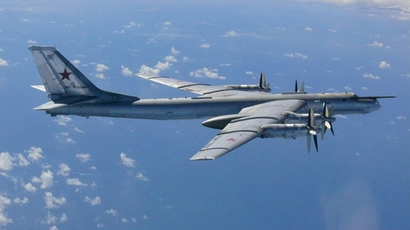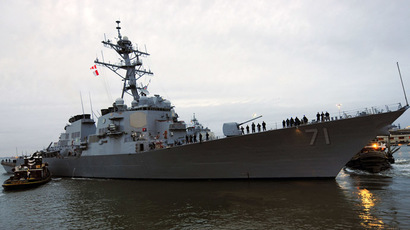Pentagon concerned over Russian strategic bomber drills near US
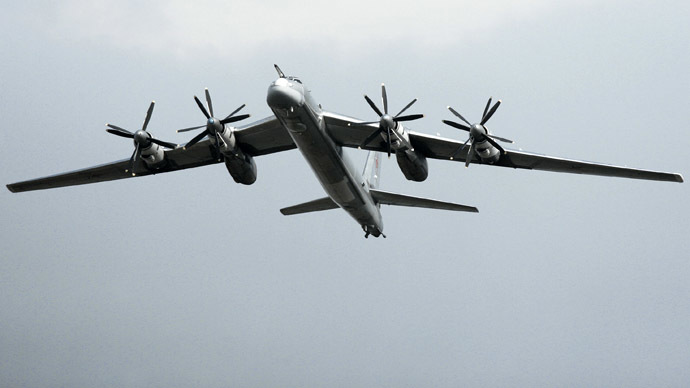
A top US military commander has expressed concern over the appearance of long-range Russian bombers near United States airspace, adding that the Pentagon is watching the activity “very carefully.”
Admiral Samuel Locklear, chief of the US military’s Pacific Command, spoke a week after Russian Bear bombers approached US and Canadian airspace last week. Both countries scrambled fighter jets to intercept the Russian craft, Reuters reported.
"Certainly the return of the long-range aircraft flights that we haven't seen in any significant number over the last decade or so is concerning. And it's something that we watch very carefully," Locklear told reporters on Thursday.
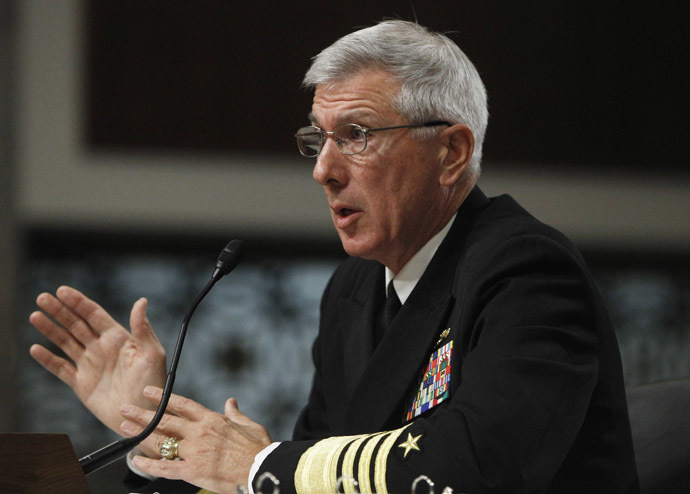
Tensions between the US and Russia may be at the highest level since the Cold War, as a Western-backed elements in Ukraine fomented a government takeover earlier this year, deposing President Viktor Yanukovich. A tentative ceasefire is in place between the two sides distinguished by loyalty to the new government in Kiev or self-proclaimed Donetsk and Lugansk Peoples republics in the east.
Locklear said Russian approaches near the US air defense identification zone - an area just outside sovereign US airspace - was "basically kind of Cold War activity with long-range bombers."
"These are things that we have to be concerned about as military people. We have to think about them and what that would mean to the security of the region and the security of our own homeland."
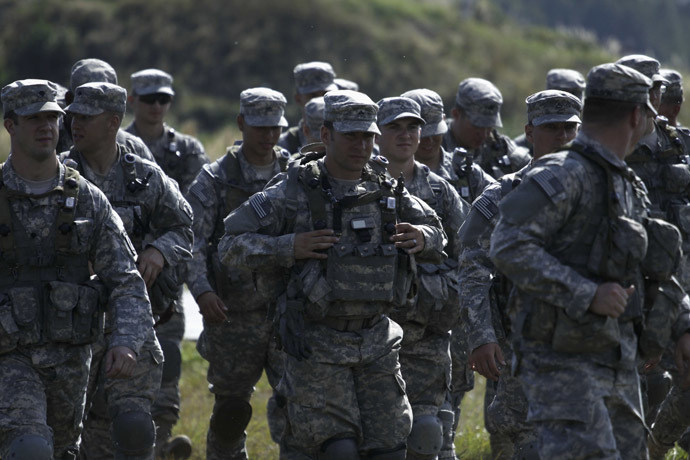
Similar Russian training missions - reportedly in practice for cruise missile attacks against targets in the United States - were tracked in early September and previous months.
Yet Locklear did not mention reciprocal military training exercises conducted by the US and allies on Russia’s doorstep, in Ukraine. A total of 1,300 troops from 15 nations, either active NATO members or candidate-countries, participated in drills this month known as ‘Rapid Trident,’ which ended on Friday.
“I think it is good training, learning how to fight the terrorists,” said Ukrainian military cadet Mykhailo Kutniy, using the term “terrorists” for pro-Russian rebels in the east. “We learn how to make ambush. We learn how to stop the column and destroy the enemy.”
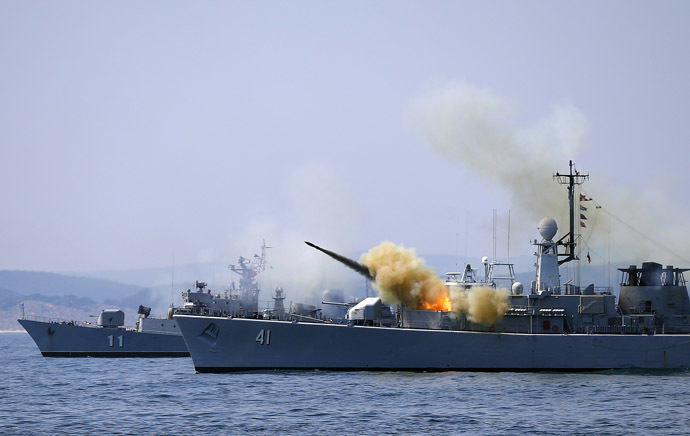
In addition, in early September, Ukrainian and American naval forces held joint maritime drills in the northwestern part of the Black Sea. The US, Spain, Canada, Romania, and Turkey sent warships to take part in the joint naval exercises with Ukraine 'Sea Breeze 2014.' A total of 12 ships and supply vessels – including seven Ukrainian ships - as well as planes and helicopters participated in the drills.
NATO ships have been operating in the area since this spring, when tensions started escalating between Kiev forces and rebels in eastern Ukraine. Despite the three-week limit, set up by the Montreux Convention for non-Black Sea states' warships, the alliance has managed to secure its presence in the area by constantly rotating vessels there.
Moscow has been particularly sensitive about NATO’s increased activity in Eastern Europe, reportedly pushing Russia’s recent decision to revise a 2010 military doctrine to identify the US and NATO members as enemies.













